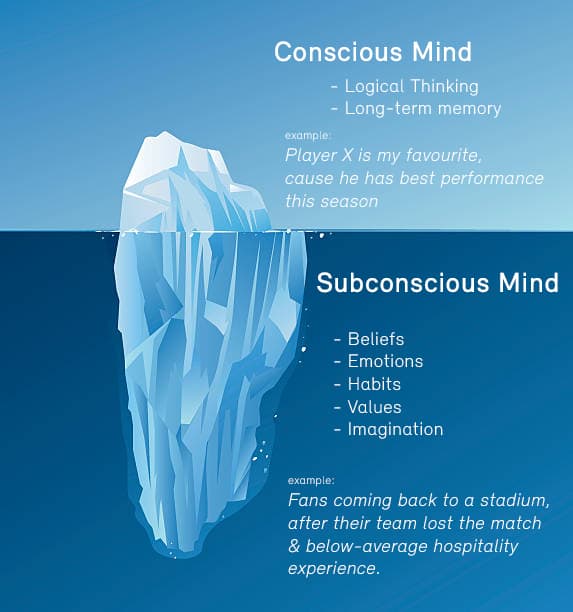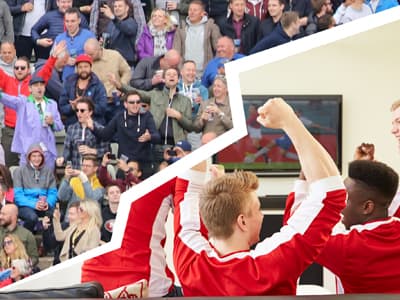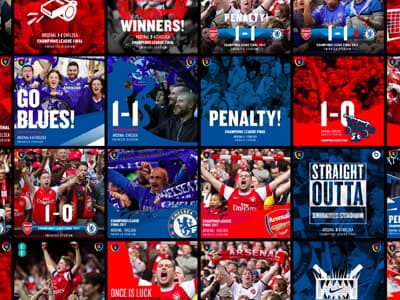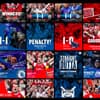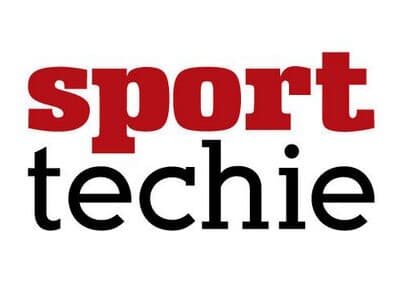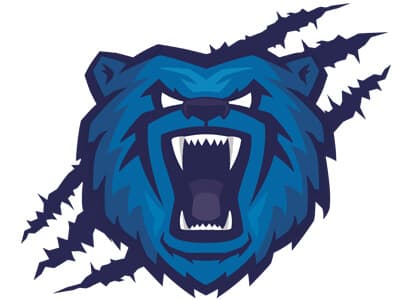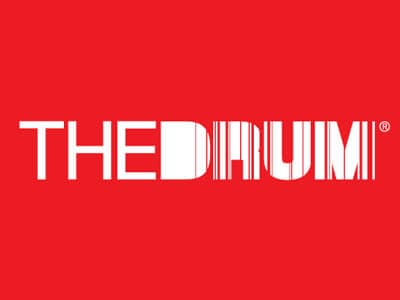The Science Behind Sponsorship: Phycology Insight
Sponsorship becomes more and more powerful part of the marketing mix, with more brands than ever looking into it as a way to turn A Company into The Brand.
There are a number of reasons why sponsorship works. Yup, it's not only about exposure. There is a strong phycological/ behavioural foundation behind the sponsorship science. Here you can read an intro to it.
In 10 words, sponsorship works because it doesn't feel like marketing to a consumer.
We all, fans included, are human beings and our brains are amazing. On average there are about 200 'links' running simultaneously in our conscious mind, including those to vaguely understand our surrounding. Seems like a lot? Well, there are 300 billion of 'links' in our subconscious at the same time.
Sponsorship allows us to tap into those 300Billion opportunities of engagement, while fans don't even realise they are being marketed to. For years, sponsorship activations didn't go much father than 'Go, Team!' and as many logo placements as a brand can afford. And that worked since it was enough to build up an emotional association and make fans love your brand because they love the team/event/cause you sponsor.
The Conditioned Learning ( an existing positive response (fan to right holder) conditions the response to a second stimulus (brand) by association) is a universal phycology behind sponsorship activations. And it works wonders, though the form of it may change over time.
Modern fans' behaviour is different from a previous fans' generation in many ways and we won't go deep into it for the sake of keeping this blog post digestible. The Conditioned Learning does take place, though the trigger for it varies.
In the modern world, it's not necessarily enough to place logos right or be associated with a cause fans care about. It's not enough, because fans not necessarily notice this is going on due to the information overload. Since we all have a rather limited conscious mind, a modern consumer had to develop a protective mechanism in order to keep the brain functioning in the world where everything is for sale.
Banner Blindness.
Two words that lead to the wasted marketing budgets both on and off line.
Fans today don't notice the standard sponsorship activations like pitchside banners. Their brains' built-in adblock is on, especially when there is more than 1 source of information and we always have more than one, since the smartphones became part of our pockets. To pass the 'adblock', brands now enter a new layer of their customer's context - feelings & experiences. In branding & sponsorship,
Ubiquity is seen (or not), Presence is felt.
We get the scepticism around it and therefore unwillingness of some brands to move past the proven activation tactics. Feelings, emotions and experiences are hard to measure and even harder to optimise for in audiences measured in thousands or millions. (side note, if you think so, check out what Snaptivity does, we actually can measure & optimise for fans' emotional context. For real. Right now).
To trigger the desired Conditioned Learning and therefore achieve positive brand associations, sponsors have to be part of the fans' experiences, be part of or escalating fans' emotions. If you want to make a sponsorship work for you, your brand has to be part of fans' experience or go unnoticed. And as most in marketing, it starts with data:
- Who are the fans?
- How are they part of the game?
- Are they coming to the stadium? If so, why?
- Do they watch the game with their friends or with family?
- What's their context when they interact with your sponsorship message?
Knowing your fans increases your chances of hitting the jackpot of emotional sponsorship: through associated learning, your brand can be hard-wired into fans' consumer behaviour.
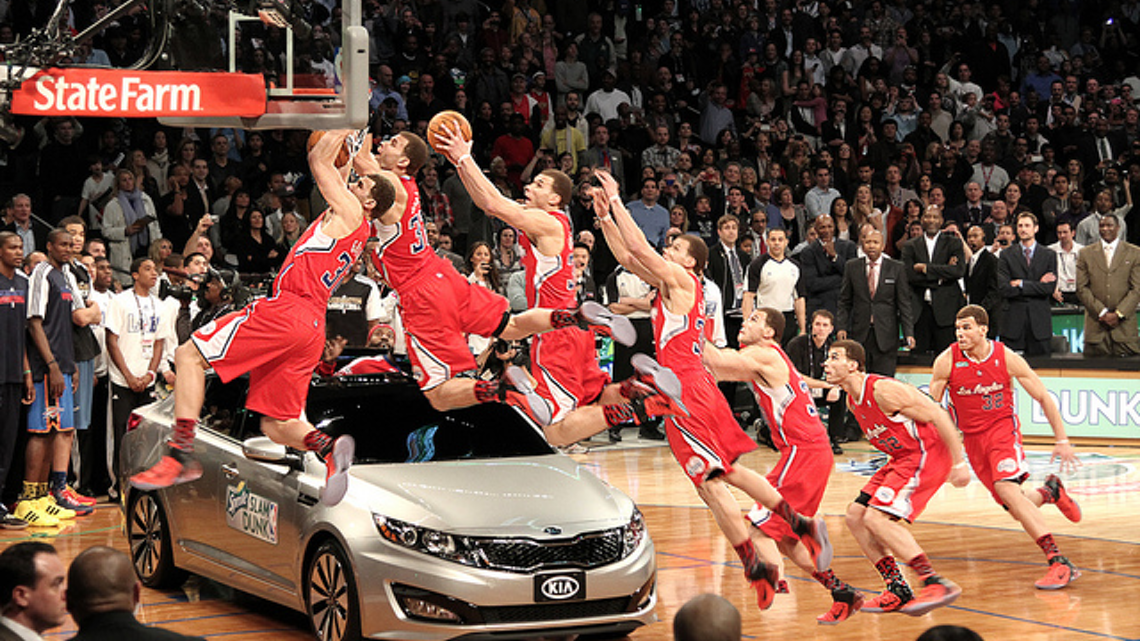 source: Digital Intelligence Today
source: Digital Intelligence Today
There are two ways to go about emotions in sponsorship.
One is to help 'create' emotions. Sponsorship rights unlock access to powerful voices to speak about challenges and causes fans (your audience) care about. Nike is one of the examples of utilising this way a lot, creating powerful videos.
Making fans feel a certain way is tactics with high potential, but also with high risks. First of all, it mainly means engaging fans outside a stadium and game fixtures. Since sports is rather unpredictable and such content requires time to create, it's difficult to match such activation with fresh sporting emotions.
Secondly, it had a fair bit of betting, since such activation will work only if there are enough fans interacted with it and shared it, creating the viral loops. Which means fair marketing budget spent.
Another way to trigger the Conditioned Learning through fans' emotions is being part of their experiences as and when it happens. Since sports is highly emotional for fans, this way is a better spent of resources as a brand can be part of the reason fans are so attached to their team/sports.
It's been a proven tactic. The classic 'Go, Team!' is one of the examples of it, though today activation has to be a bit more sophisticated to work.
During the game, fans are on an emotional rollercoaster. We as human beings have only 14 positive emotions and 56 negative, and the chances are high that fans experience most of them during a single match. Which means sponsorship jackpot is hidden behind matching right emotions (at least on a positive/negative scale) with the right messaging.
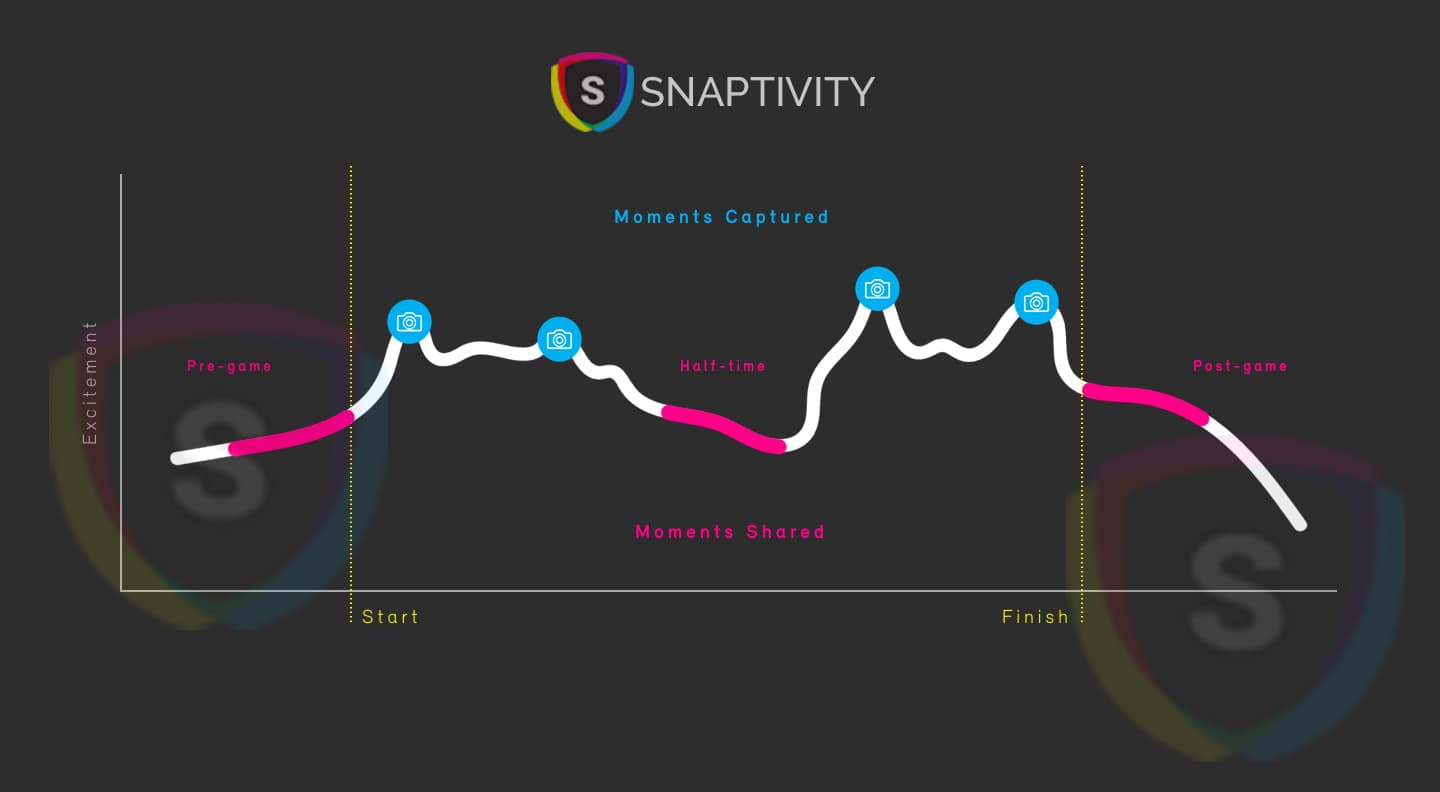 source: Digital Intelligence Today
source: Digital Intelligence Today
Positive emotions are generally considered 'better' for the branding purposes. No surprise, as there is a direct connection with the brand positioning. But it's not only about cheering with the fans when their team wins. It's more about being in the context of the fans. And sometimes it's as much about communicating as about not communicating at certain moments. It can be better to say nothing than to say 'Brand X is for victors' when the team Brand X is loosing.
Pro Tip: right messaging at a low point of the game can be even more powerful. It's like with friends for life, who support us no matter what happens in our lives. This may be tricky and requires a deep understanding of your audience's emotional and behavioural context.
Understanding the phycology behind sponsorship is very impactful for both planning and evaluating sponsorship assets. Snaptivity's tech is a powerful tool to match emotional context and build-up a bond with the audience. And we are happy to share insights and strategies, feel the form below if you are interested in more about Strategies Built on Sponsorship Phycology.


